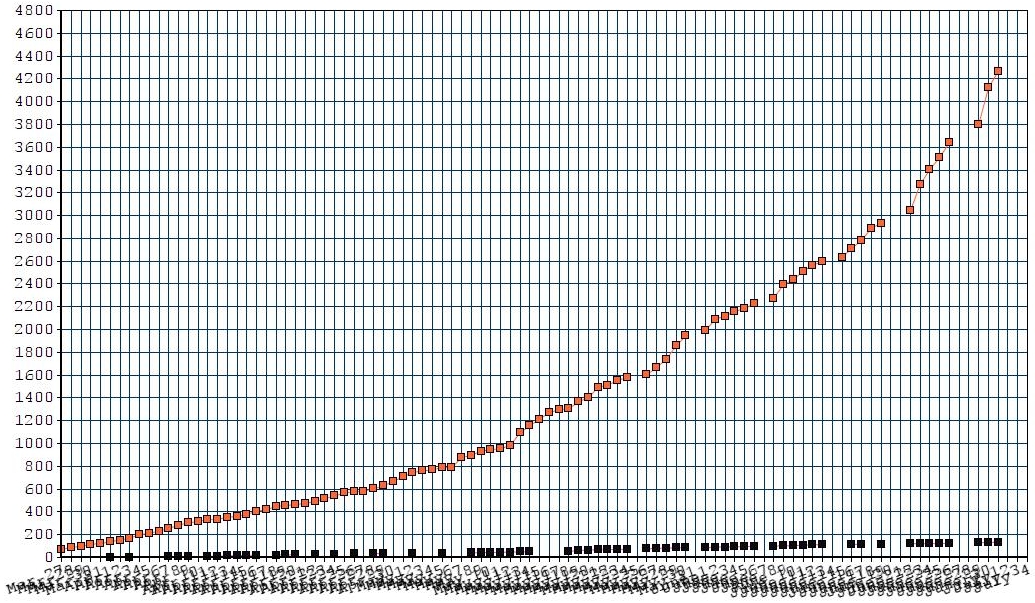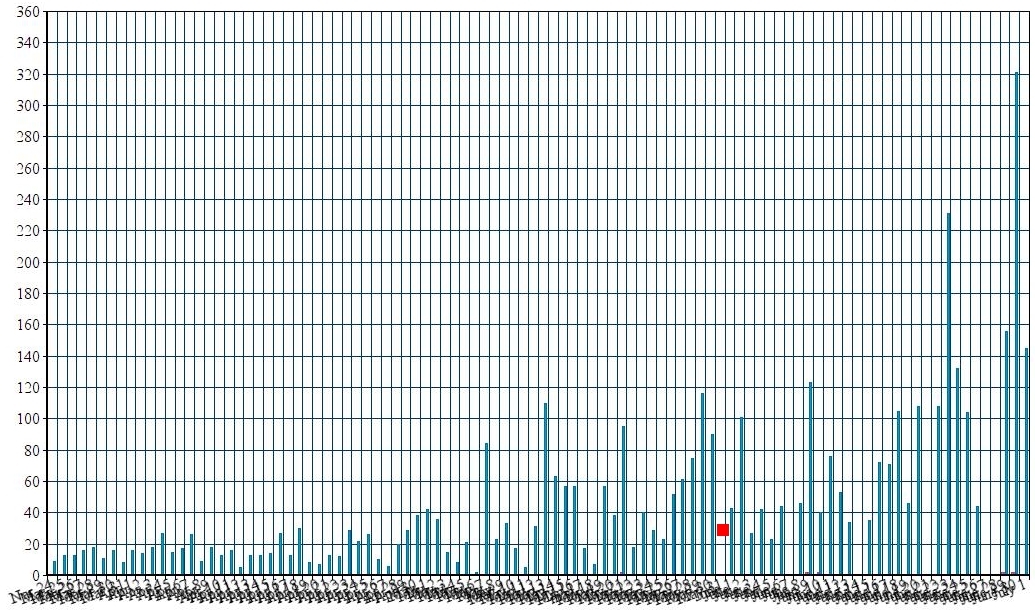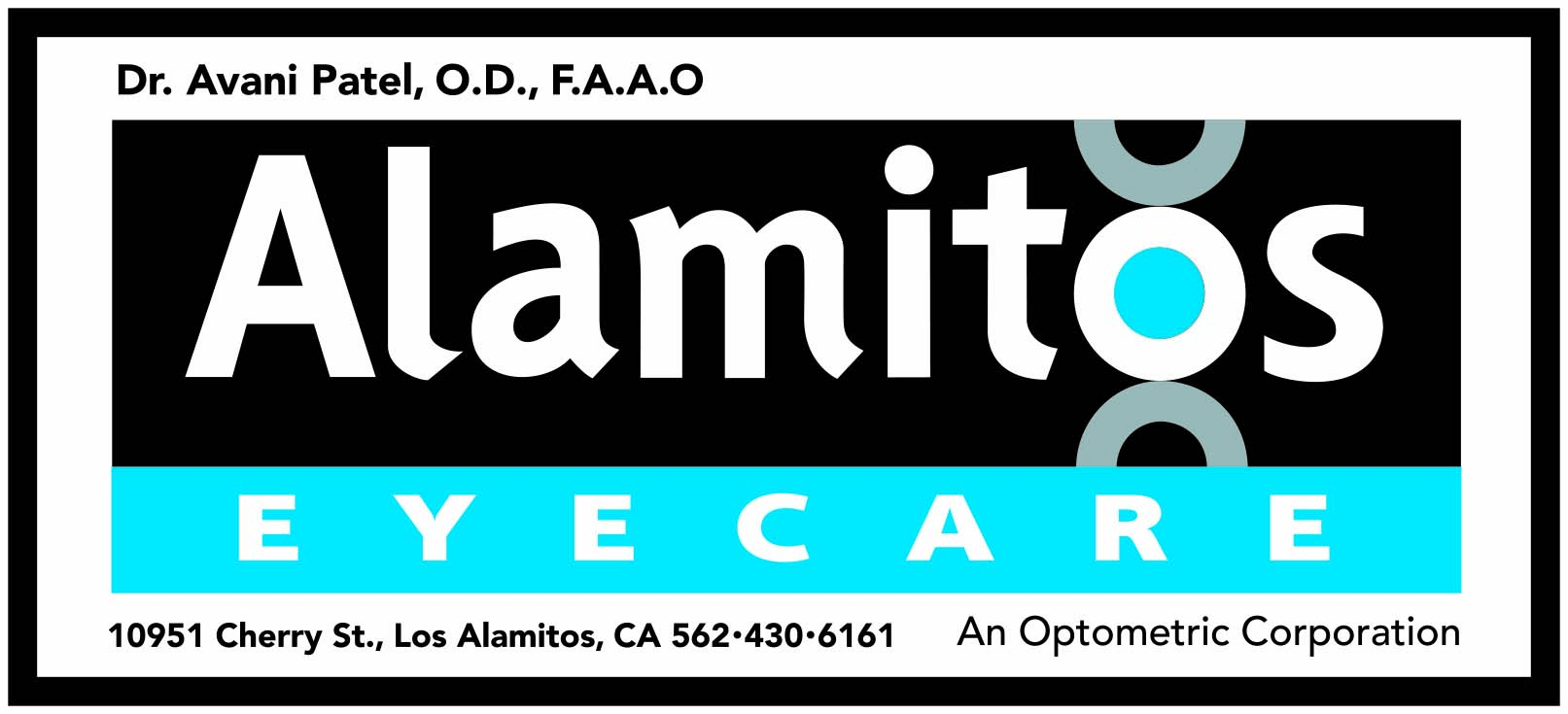

Total positives (red dots) and deaths (black dots) | Daily reported positive cases | Fast Face Mask: With Bandana/Woven Cloth + 2 Rubber Bands |
| (May 10, 2020, 9:50 p.m.) -- RAND researchers have created an online interactive tool offering estimates of both the public health and economic effects in every state of rolling back or maintaining COVID-19 restrictions. The findings suggest that, while states that relax these policies now can expect economic improvements, they're also likely to see higher numbers of cases and deaths by September, as well as rebounds in demand for beds in hospitals and intensive care units. (LBREPORT.com did so for California, below.)
RAND says its tool "draws on an epidemiological model and an economic model to estimate effects, based on evidence from past epidemics, peer-reviewed literature, and data from the current pandemic. Data on current impacts are updated daily where available." Its key Findings States that relax intervention measures in early May can expect to see:
States that relax restrictions from June 1 can expect to see "Some states, such as New York, may have passed their highest peaks in active cases and hospitalizations, but for most, the worst is yet to come. Strict social distancing measures can delay this peak but cannot eliminate it without better treatments or a vaccine. In states with high case numbers, drastically reducing social distancing can increase cases to unmanageable levels. The lag between reopening and the hospitalization spike can make this difficult to observe until it is too late." The interactive model allows one to change restriction levels and applicable change dates. We first compared removing all of CA's restrictions (except closed schools) as of May 15 (some have come close to advocating this) versus maintaining CA's maximum restrictions through June 13. (The online tool automatically removes restrictions 30 days after the date they're imposed.) [Scroll down for further.] |
 The above ad space donated by LBREPORT.com    |
The RAND interactive tool indicates if California immediately removed its maximum restrictions (close schools, bars, and restaurants; ban large events; close nonessential businesses, shelter-in-place order for everyone but essential workers) instead of maintaining the restrictions for an additional 30 days to June 13, 2020 (and then removing them), the following estimated outcomes would result:
We then tweaked the restrictions to maintain them through July 1, removing all restrictions on July 1 except for closed schools (that would continue to July 30.) That produced the following estimated outcomes: :
In an accompanying COVID19 weekly recap, RAND economist Aaron Strong likens the situation to a classic prisoner's dilemma, not a simple trade-off between health and the economy. "I would rather go to the beach [than stay home], but I know that that is not a good alternative for the community," he says. "So, we can either open up completely and have significant consequences, or we can cooperate and create an outcome that may be costly in the short run, but we will have a healthier population and healthier economy in the long run." So...based on the RAND modeling anobr, what do you want California's Governor to maintain or change? What do you want LB's elected Mayor and your Council rep to support or oppose? Will their actions on this influence the way you'll vote in LB's 2020 (Council runoffs in districts 2, 6 and 8) snd 2022 election cycles (all citywide electeds plus districts 1, 3, 5, 7 and 9) and if so in what ways?
blog comments powered by Disqus Recommend LBREPORT.com to your Facebook friends:
Follow LBReport.com with:
Contact us: mail@LBReport.com |
  
 |